The 2025 ATI TEAS Science Practice Test: 120 High-Yield Questions, Detailed Rationales, and Expert Answer Explanations is a meticulously designed study resource tailored for nursing and allied health program applicants preparing for the ATI TEAS 7 Science section in 2025. This practice test includes 120 high-yield questions that mirror the exam’s format and difficulty, focusing on critical topics such as human anatomy and physiology, biology, chemistry, and scientific reasoning. Each question is accompanied by detailed rationales and expert answer explanations, offering deep insights into concepts like cell biology, genetics, chemical reactions, and MRI safety protocols, ensuring a thorough understanding rather than rote memorization. Aligned with the latest TEAS 7 blueprint, the resource helps identify strengths and weaknesses, improve test-taking strategies, and build confidence for the 60-minute, 50-question science section (which includes 6 unscored pilot questions). Ideal for mastering high-yield areas like mitosis, meiosis, and trends in the periodic table, this practice test also provides tips for managing test anxiety and pacing, as the TEAS does not allow personal calculators but provides a four-function calculator during the exam. This tool is essential for achieving a competitive score, typically 60%-70% or higher, as required by most nursing programs.
Preview
1. Which of the following helps to prevent pathogens from invading the body?
A) Histamines
B) Mucus ✅
C) T-cells
D) Macrophages
Rationale: Mucus, along with skin and secretions, serves as the body’s first line of defense
by trapping pathogens before they can enter the body. T-cells and macrophages are part of
the adaptive and innate immune responses, respectively, but they act after an infection has
already occurred.
2. A bacterial cell enters the body through a cut in the skin. Which of the following
describes the immune response that would occur next?
A) Cytotoxic T-cells
B) Helper T-cells are activated
C) Histamines are released ✅
D) Antigens are released
Rationale: When a pathogen breaches the skin, the body’s immediate response is the
release of histamines, which trigger inflammation and increase blood flow to the affected
area, bringing immune cells to fight the infection. Antigens are components of the
pathogen, not something the body releases.
3. Which of the following types of cells produce antibodies?
A) T-cells
B) Plasma cells ✅
C) Memory cells
D) Macrophages
Rationale: Plasma cells, derived from activated B-cells, are responsible for producing
antibodies that target specific pathogens. Memory cells store information about previous
infections but do not produce antibodies directly.
A) Histamines
B) Mucus ✅
C) T-cells
D) Macrophages
Rationale: Mucus, along with skin and secretions, serves as the body’s first line of defense
by trapping pathogens before they can enter the body. T-cells and macrophages are part of
the adaptive and innate immune responses, respectively, but they act after an infection has
already occurred.
2. A bacterial cell enters the body through a cut in the skin. Which of the following
describes the immune response that would occur next?
A) Cytotoxic T-cells
B) Helper T-cells are activated
C) Histamines are released ✅
D) Antigens are released
Rationale: When a pathogen breaches the skin, the body’s immediate response is the
release of histamines, which trigger inflammation and increase blood flow to the affected
area, bringing immune cells to fight the infection. Antigens are components of the
pathogen, not something the body releases.
3. Which of the following types of cells produce antibodies?
A) T-cells
B) Plasma cells ✅
C) Memory cells
D) Macrophages
Rationale: Plasma cells, derived from activated B-cells, are responsible for producing
antibodies that target specific pathogens. Memory cells store information about previous
infections but do not produce antibodies directly.
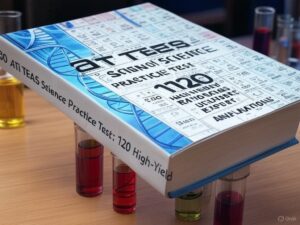



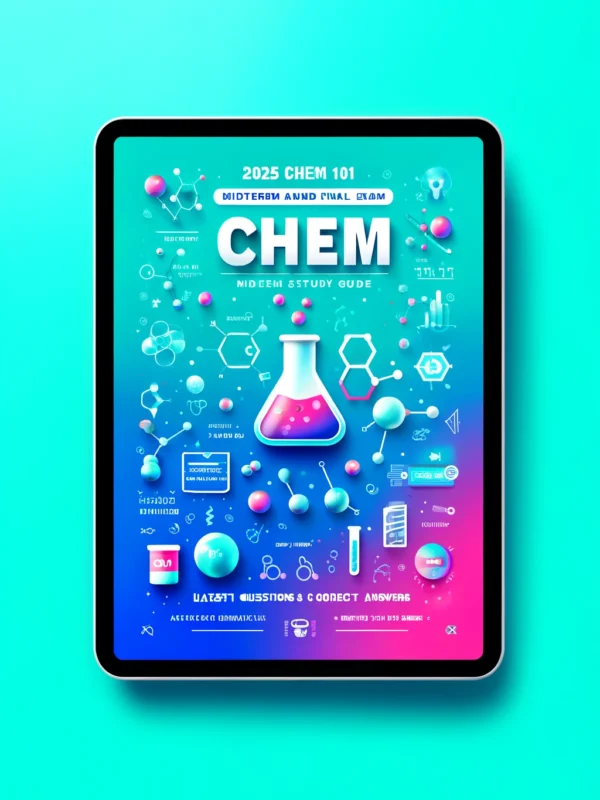
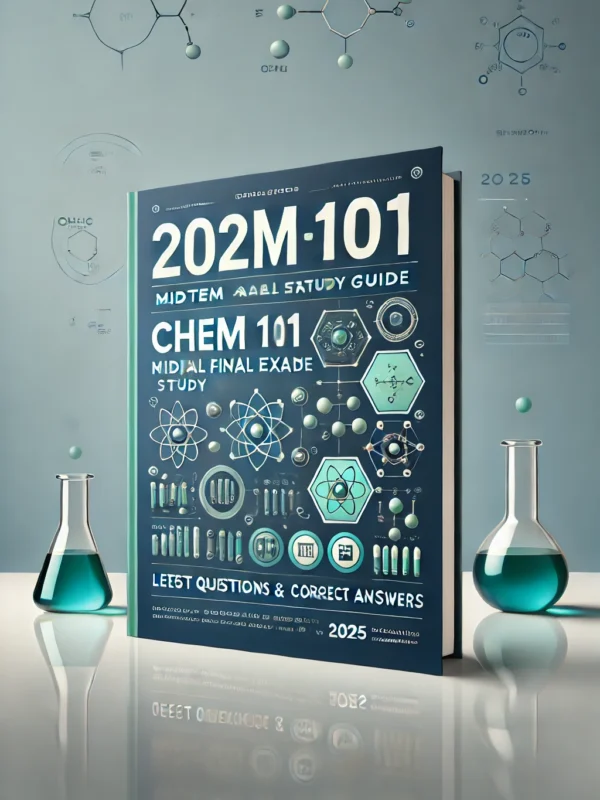
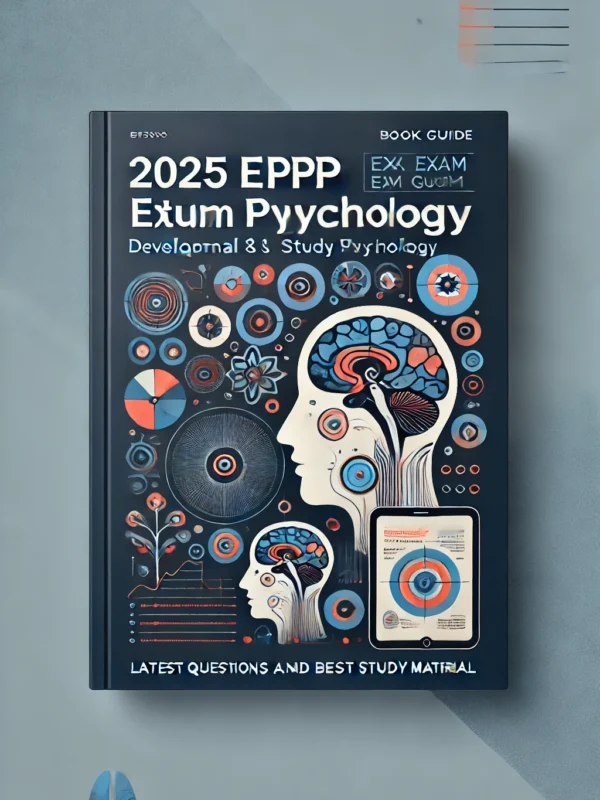
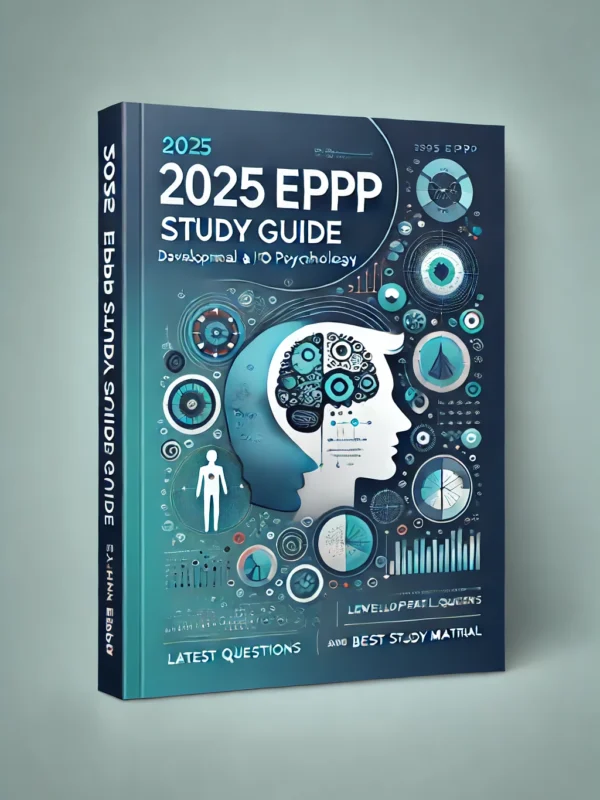
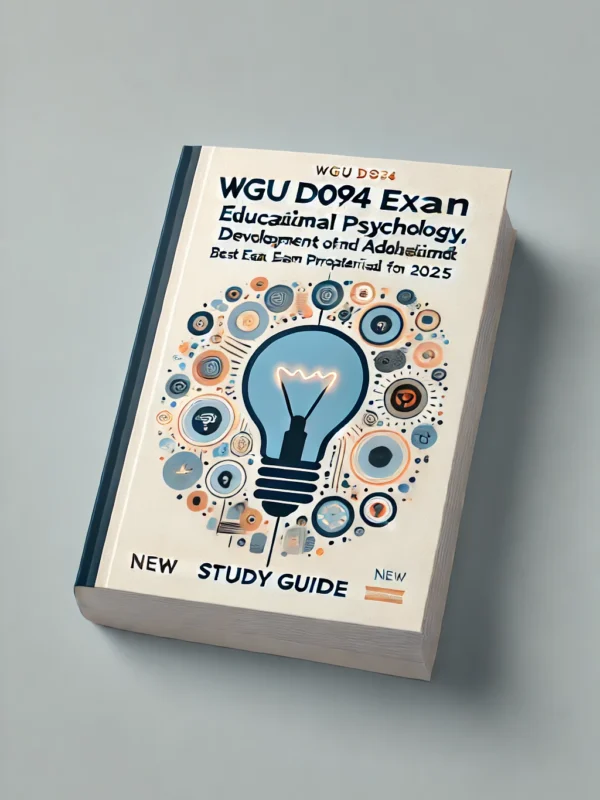
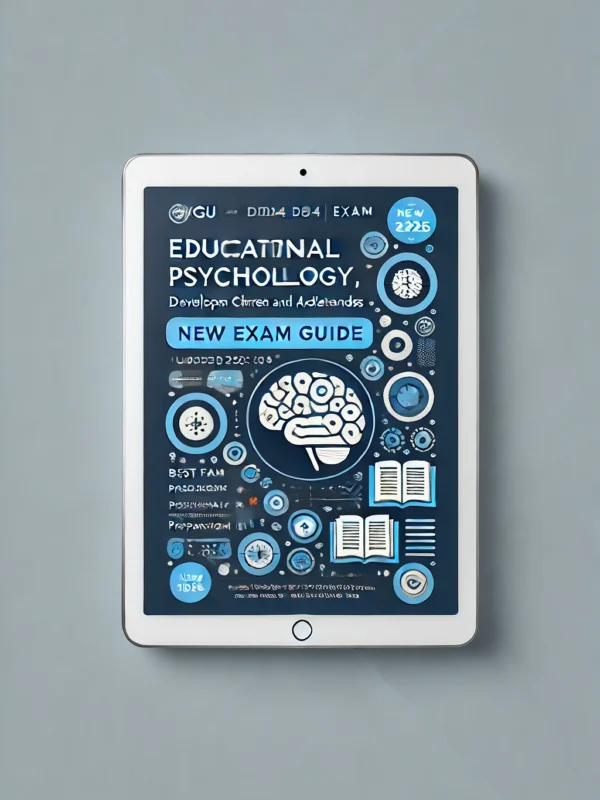
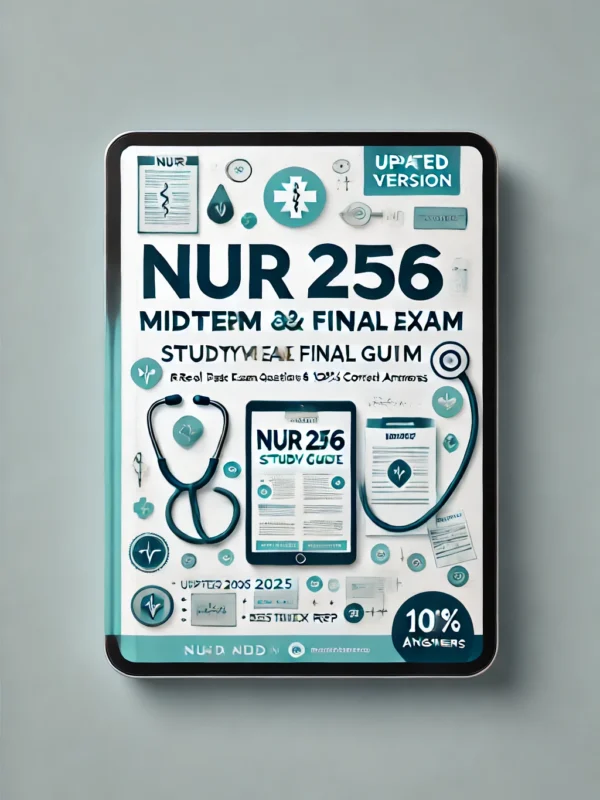
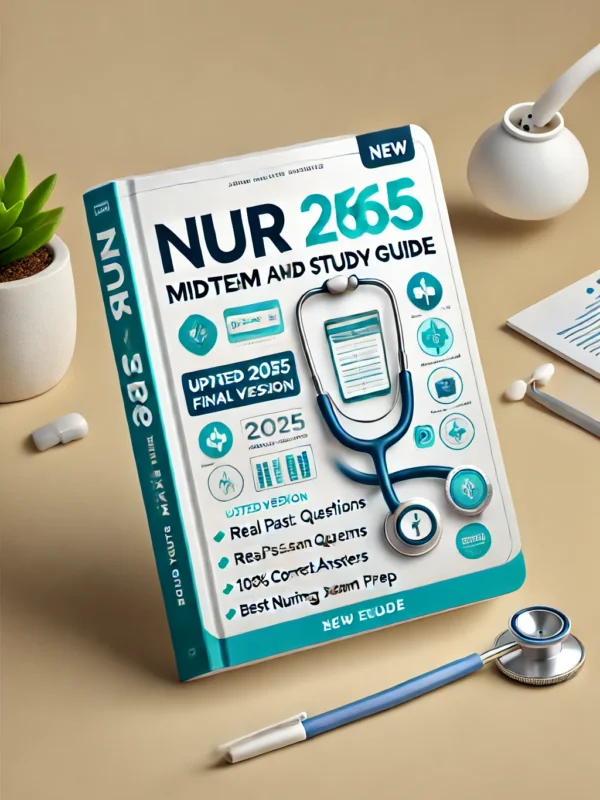
Reviews
There are no reviews yet.